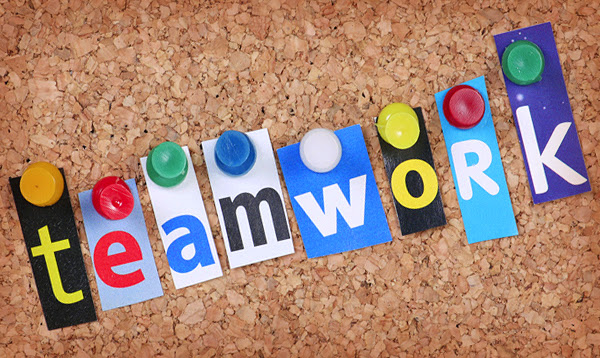The Importance of Building and Maintaining Relationships Beyond EMS
More and More…
More and more we in EMS are being called upon to interact and develop relationships that go beyond our brothers and sisters in the Fire/EMS arena. It doesn’t matter what level of the organizational chart you serve, we all have a duty to work together with others that provide healthcare in order to adequately serve our patients.

Why is this important?
Since this is a space devoted to mostly all things EMS billing related, we’ll devote today’s discussion with the mind that we must cultivate a relational dialogue with other healthcare providers in order to obtain the necessary information to adequately serve our patients.
In short, since we all need dollars to keep our system running smoothly and adequately; it is important that we work together with the facilities we serve and the people that are part of those facilities to minimize the negative impact for our patient population.
Example: Medicare Pre-Authorization Trial Program
To cite an example that we are dealing with in our billing office, right now, we only have to look at the brand new Medicare Pre-Authorization Trail Program for routine, repetitive, non-emergency transports.
As you know this program is a pilot program being tested by the Centers for Medicare and Medicaid Services (CMS) in the States of New Jersey, Pennsylvania and South Carolina. The program requires EMS agencies to submit documentation to prove a patient’s medical necessity prior to the transportation and ultimate Medicare payment for said transportation when the frequency of the transports meet the definition of being a repetitive transport (at least 3 transports per a 10-day period or 1 transport per week for 3 consecutive weeks.)
Medicare Administrative Contractors (MACs), Novitas Solutions (New Jersey and Pennsylvania) and Palmetto GBA (South Carolina), must be provided information that demonstrates the medical necessity and reasonableness of the patient for the transports to be provided and receive a pre-authorization approval that covers the approval to pay for those transports for a period of 60-days.
However, those of us in the billing office and EMS agency administrators soon learned that while CMS claimed there was no additional documentation requirement connected with this, in function there really was.
Here’s where relationship pays off!
Aside from a properly prepared and executed Patient Certification Statement (PCS- a.k.a. “The Medical Necessity Form”), the MAC medical review teams considering the pre-authorization requests began this program by requesting much more than just rudimentary explanations of the patients’ conditions.
The medical review teams flew out of the gates with this program rejecting nearly all of the initial requests. Their explanation for disallowing the pre-authorization requests was typically due to a lack of sufficient medical necessity documentation.
Translation… they wanted doctors, hospital, facility notes- progress notes, medical record verification of the patient’s inability to be safely transported by any other means than an ambulance that emanated from documentation they wished to review that was not wholly produced by an EMS source.
While, in theory, this always should have been something we in EMS held in our back pocket to explain the medical necessity of these patients; we had relied on our own assessments and review of these patients to justify what we believe (and in many cases truly know) to establish medical necessity.
So, quickly we all learned that we were going to need the help of the doctors and facility staff such as the rehabilitation people, diagnostic staff, nursing personnel, administrators to provide us with copies of their documentation, their progress notes to adequately paint a picture of the patient’s condition to justify the need for the pre-authorization and ultimately the payment from Medicare.
At all Levels
You’re reading this post and you quickly say, “I’m just an EMT/EMT-P, relationship building is for the guys in the billing office, the people in the front office. I just do the street thing.”
You couldn’t be more wrong.
Before you dismiss that you have no role in all of this, consider this. Relationship building for an EMS agency starts with you! Yes, you…the street level person.
If the non-EMS healthcare providers are even going to consider cooperating with our needs for documentation, then they have to respect us. You are the people that they see every day.
So ask yourself the next time you go on a run…
“What do I look like today? Did I iron my job shirt? Did I run a comb through my hair? Did I brush my teeth? Do I look like death warmed over? Am I smiling (even though this is my 10th run in 12 hours)? Am I courteous, friendly, helpful? Do I appear like the professional that I am?
If we exude a culture of professionalism then the healthcare community at large will respect us.
Now, when the billing office or the supervisory and admin staff contact the facility or healthcare provide and explain the need for information, you can rest assured with the right amount of courtesy (remember, the person you’re requesting the information from may be having a busy day too!) and education, those individuals on the other end of the request will be more willing to cooperate by providing the information you are asking for.
Common Sense
Basic human courtesy and interaction skills are required. It’s simple common sense. You have a need for information. They have a need to move the patient. We all work together and the job gets done and paid for.
Now let’s move forward and make this happen!
